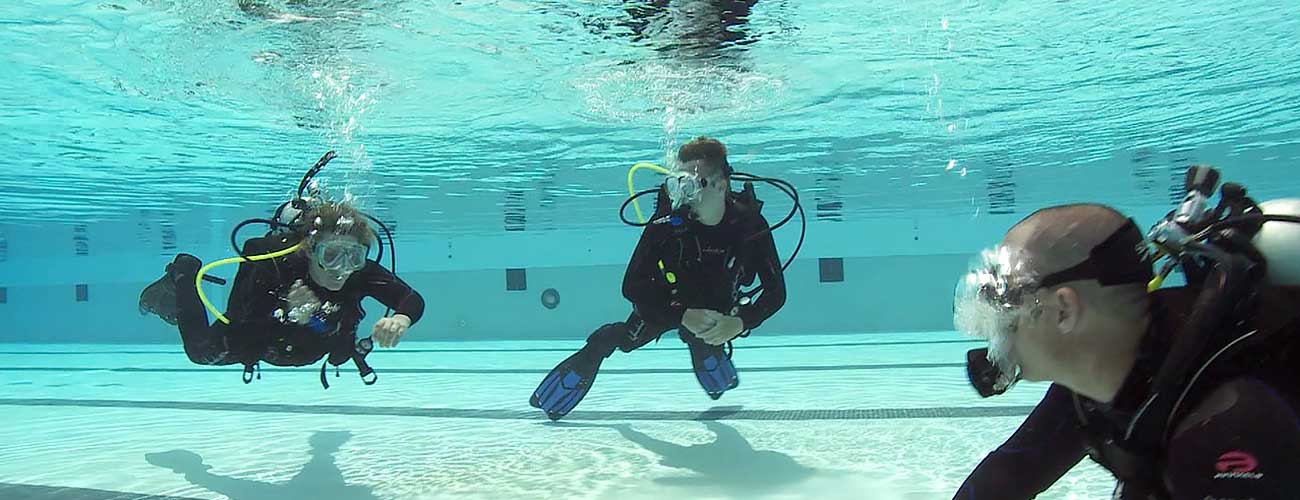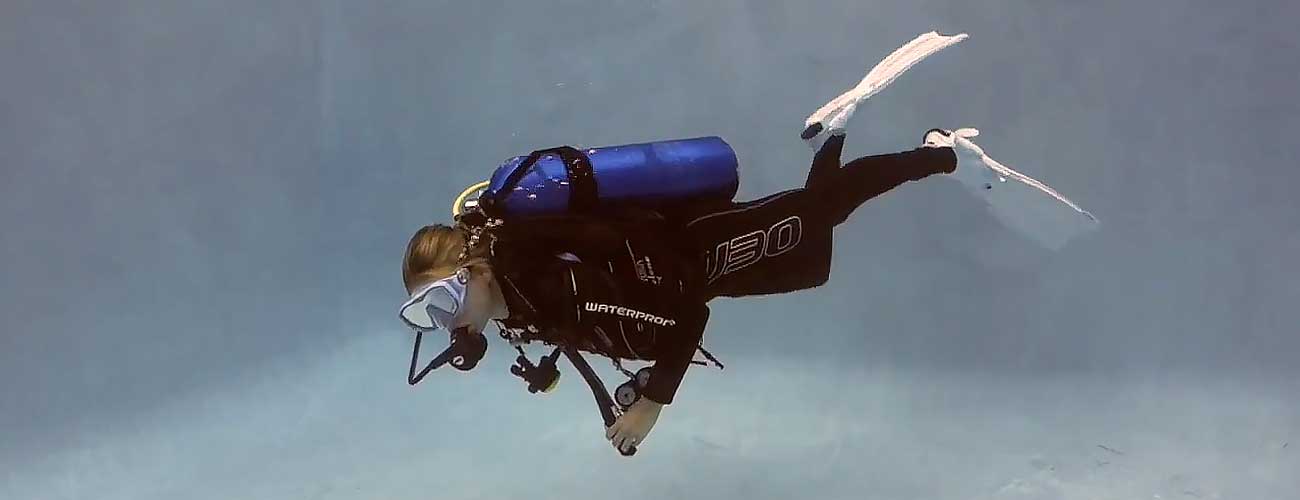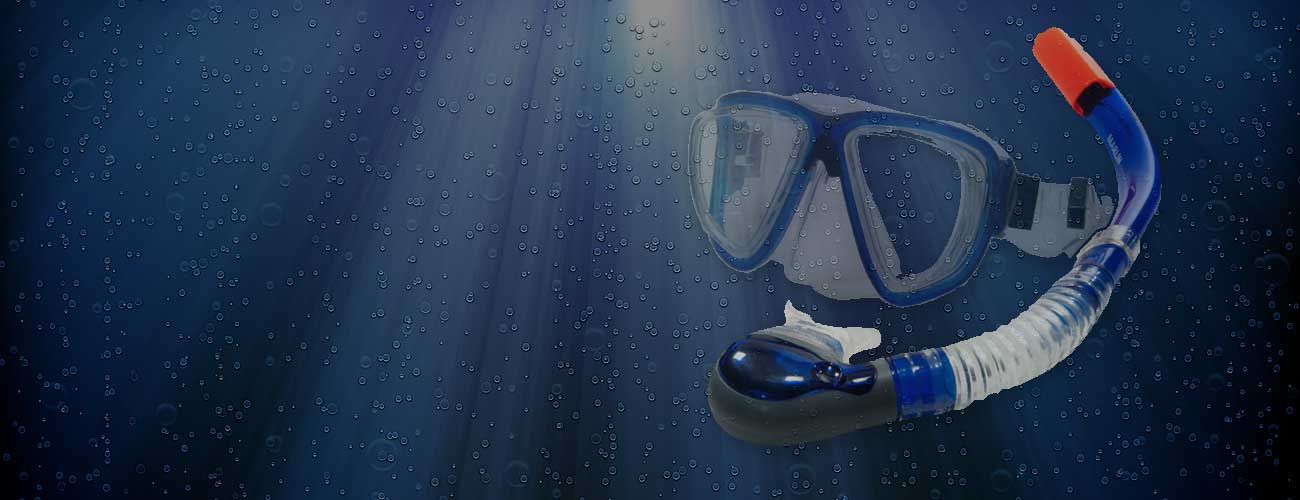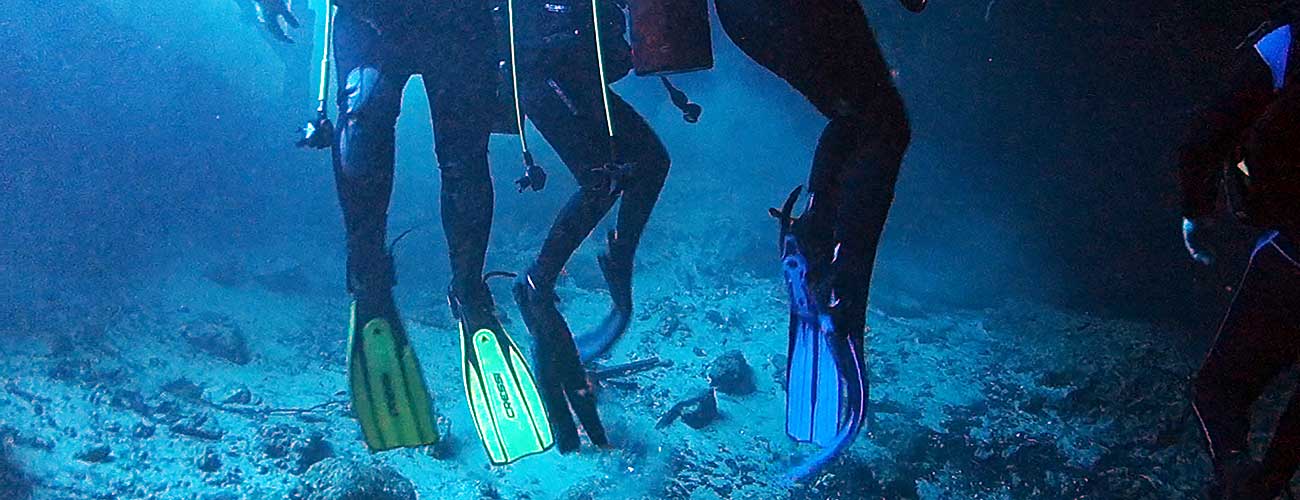Reel of Shame?
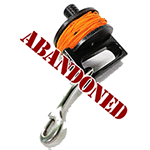 If you cave dive, it’s almost inevitable that one day, for any of a variety of reasons, you may be forced to leave a reel in the cave that you hadn’t intended to. It’s usually because you were not able to make a subsequent dive during which you planned to retrieve a primary or jump reel you installed on a previous dive. This could be because a team member wasn’t feeling up to it physically, or perhaps an equipment malfunction prevented you from diving. Whatever the reason, it’s important that you not simply leave the reel without telling anyone and have a plan for its removal.
If you cave dive, it’s almost inevitable that one day, for any of a variety of reasons, you may be forced to leave a reel in the cave that you hadn’t intended to. It’s usually because you were not able to make a subsequent dive during which you planned to retrieve a primary or jump reel you installed on a previous dive. This could be because a team member wasn’t feeling up to it physically, or perhaps an equipment malfunction prevented you from diving. Whatever the reason, it’s important that you not simply leave the reel without telling anyone and have a plan for its removal.

